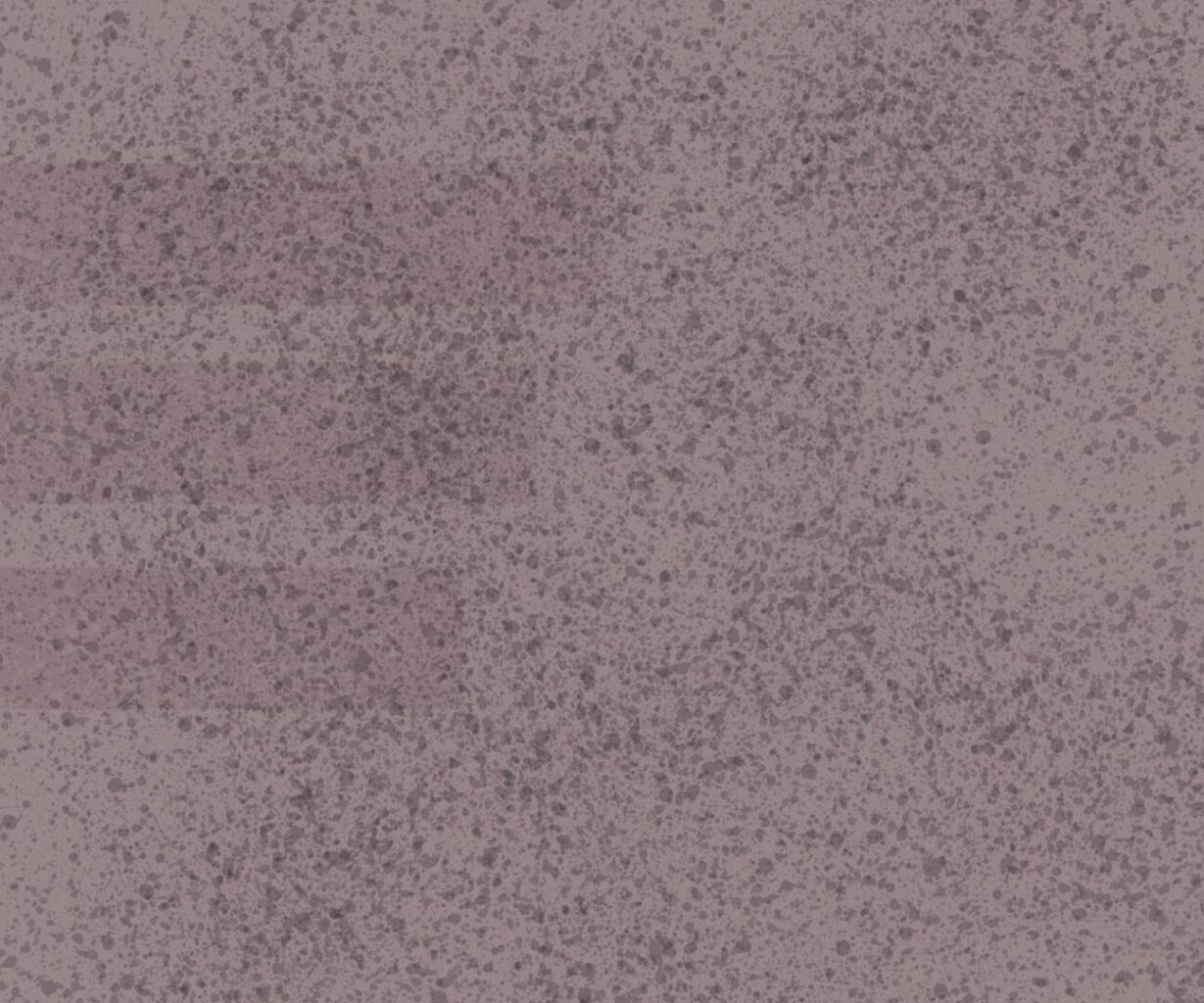Creative Uses of Decorative Concrete in Architecture and Design
Concrete has long been synonymous with durability and functionality in the world of construction. However, in recent years, architects and designers have begun to recognize its incredible potential for creativity and aesthetics. Decorative concrete, in particular, has emerged as a versatile medium that can transform architectural spaces and elevate design concepts. In this blog post, we will explore some innovative and inspiring uses of decorative concrete in architecture and design.
1. Stunning Concrete Countertops:
One of the most striking applications of decorative concrete is in kitchen and bathroom countertops. Concrete countertops can be customized in terms of color, texture, and shape, allowing for unique designs that complement any interior style.
2. Artistic Concrete Floors:
Decorative concrete floors are not just for industrial spaces. Stained, polished, or stamped concrete floors can add artistic flair to homes, offices, and retail spaces. They offer a seamless and low-maintenance alternative to traditional flooring materials.
3. Architectural Concrete Panels:
Decorative concrete panels can be used to clad building exteriors or interior walls. These panels can mimic the appearance of natural stone, wood, or other materials while providing the structural benefits of concrete.

4. Sculptural Concrete Elements:
Architects and artists often use decorative concrete to create sculptural masterpieces. From intricate facades to large-scale public art installations, the versatility of concrete allows for the realization of ambitious design visions.
5. Concrete Furniture and Fixtures:
Concrete can be molded into a variety of furniture and fixture designs. Tables, benches, sinks, and even lighting fixtures made from decorative concrete can become focal points in any space.
6. Decorative Concrete Pavers:
In outdoor spaces, decorative concrete pavers offer an elegant and durable alternative to traditional paving materials. They come in various shapes and finishes, making them suitable for driveways, walkways, and patios.
7. Sustainable Design:
Decorative concrete can be environmentally friendly too. Incorporating recycled materials or utilizing concrete’s natural thermal mass properties for passive heating and cooling can contribute to sustainable design practices.
8. Concrete Artistry:
Beyond its functional uses, decorative concrete is a canvas for artistic expression. Engraved patterns, acid staining, and intricate designs can turn concrete surfaces into captivating works of art.
9. Customization and Personalization:
Decorative concrete is highly customizable. Architects and designers can work closely with clients to create bespoke concrete features that reflect their unique tastes and preferences.
10. Future Possibilities:
As technology and innovation continue to advance, the possibilities for decorative concrete in architecture and design are limitless. We can expect to see even more groundbreaking applications in the years to come.
In conclusion, decorative concrete has evolved from being merely utilitarian to becoming a creative force in architecture and design. Its adaptability, durability, and aesthetic potential make it an exciting material for pushing the boundaries of what’s possible in the world of construction and interior design. Whether you’re looking to add a touch of modernity to your home or create a bold statement in a public space, decorative concrete offers a world of design opportunities waiting to be explored.
Back To Blog
